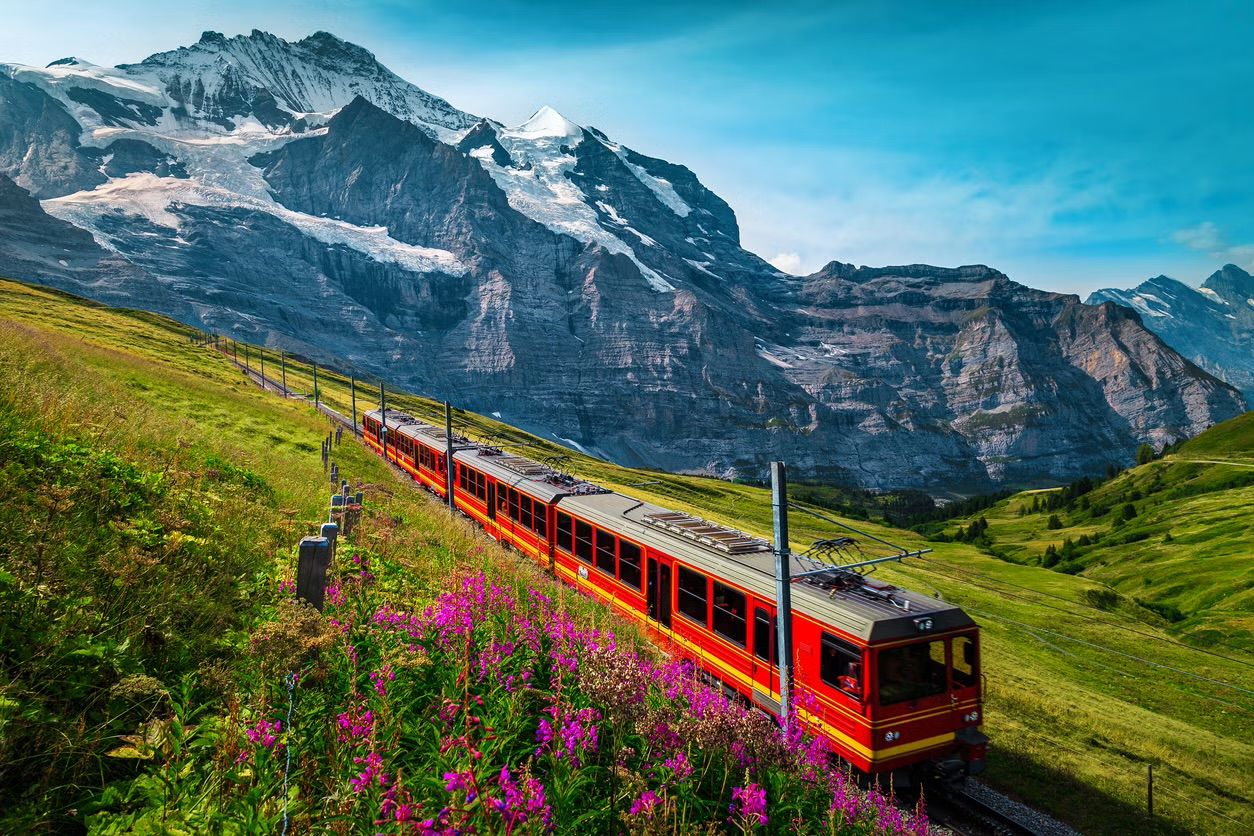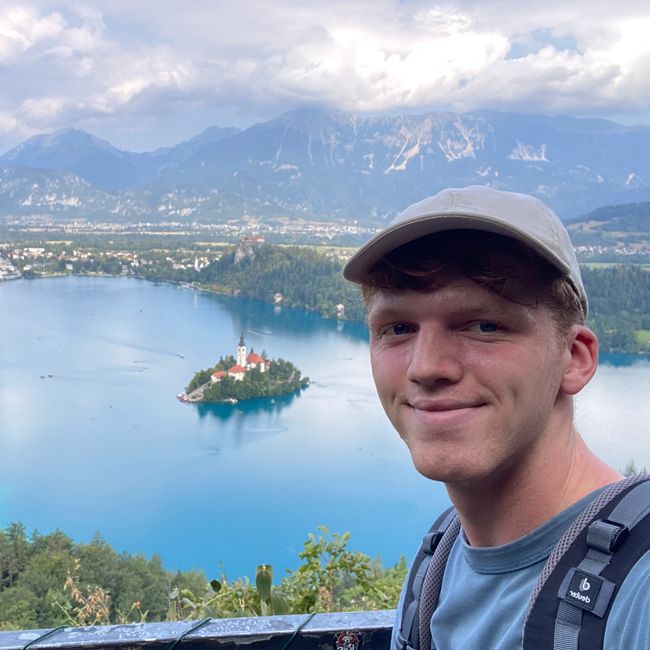Day 12 - Sofia and Bulgarian Rakija
Publicēts: 28.10.2024
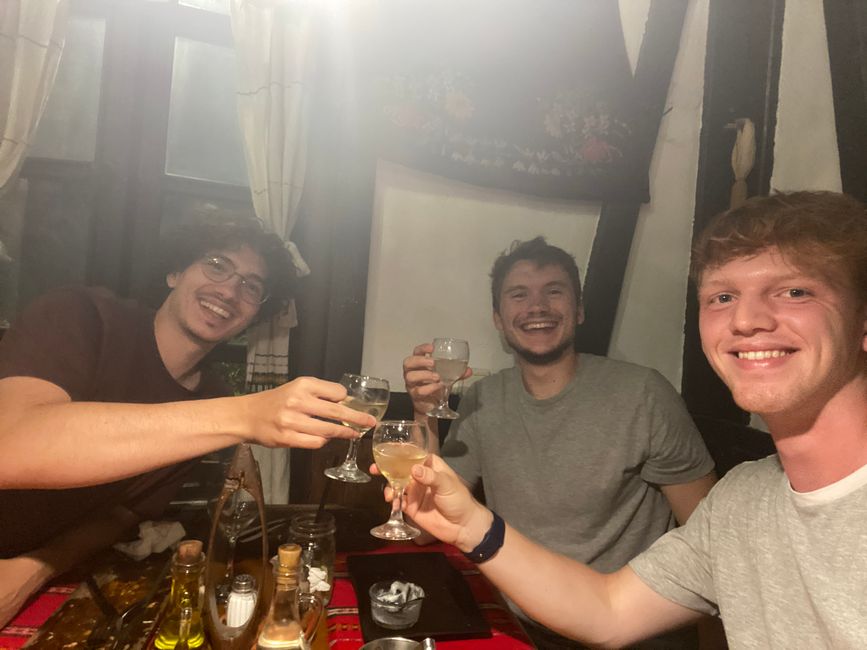
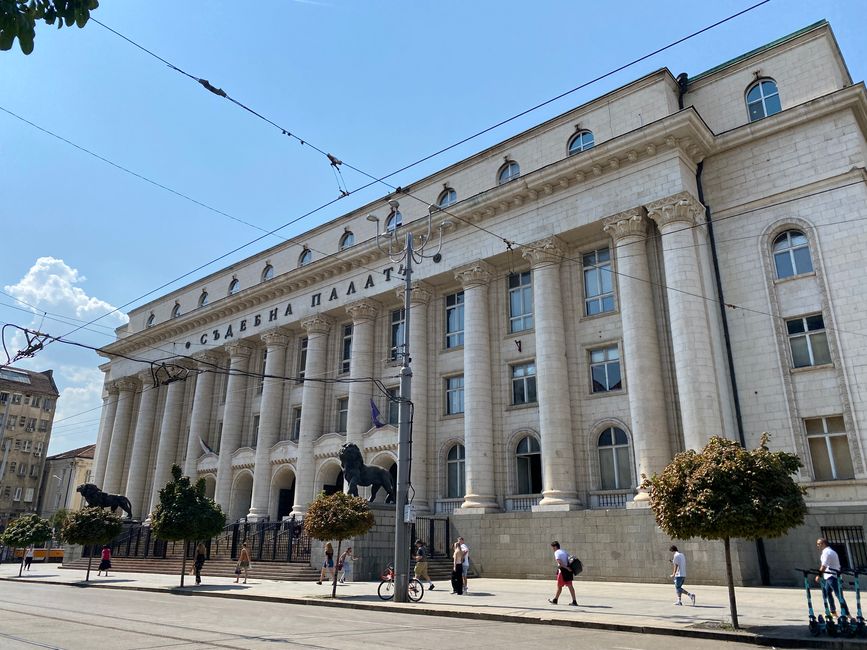
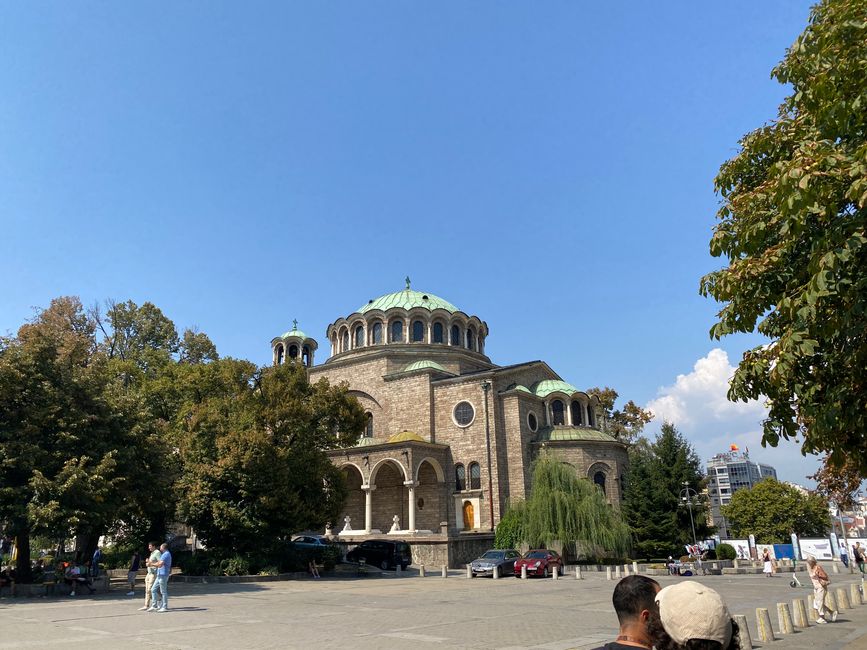
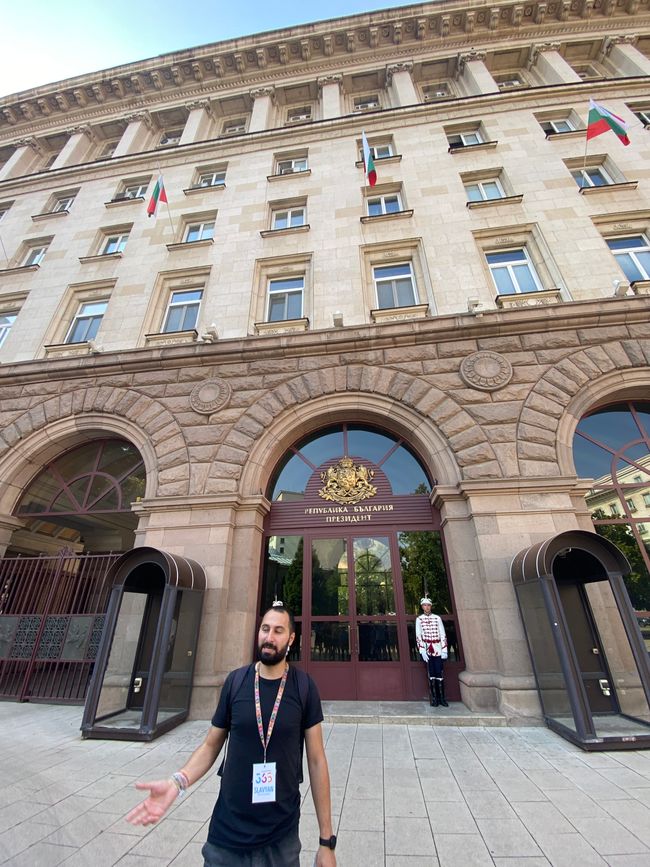

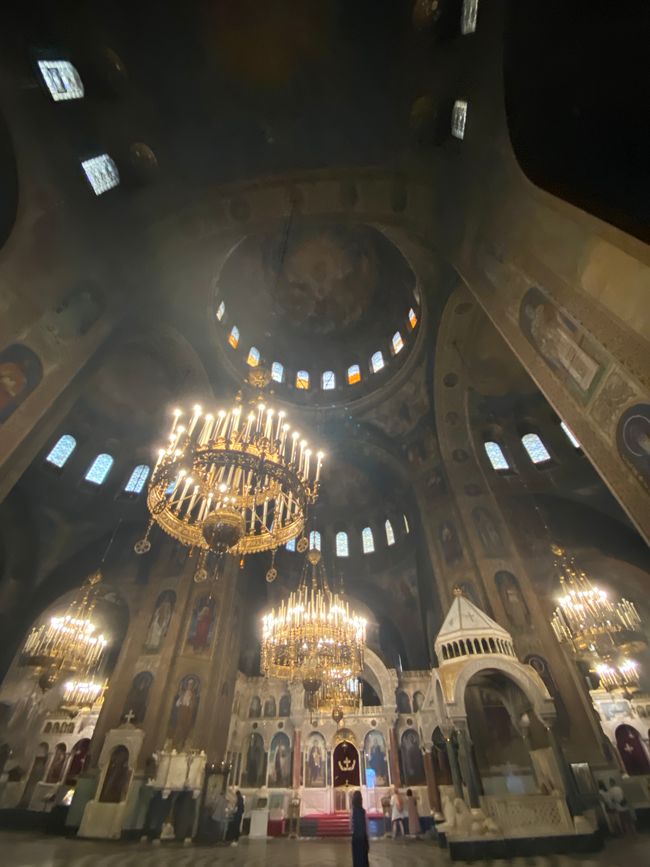
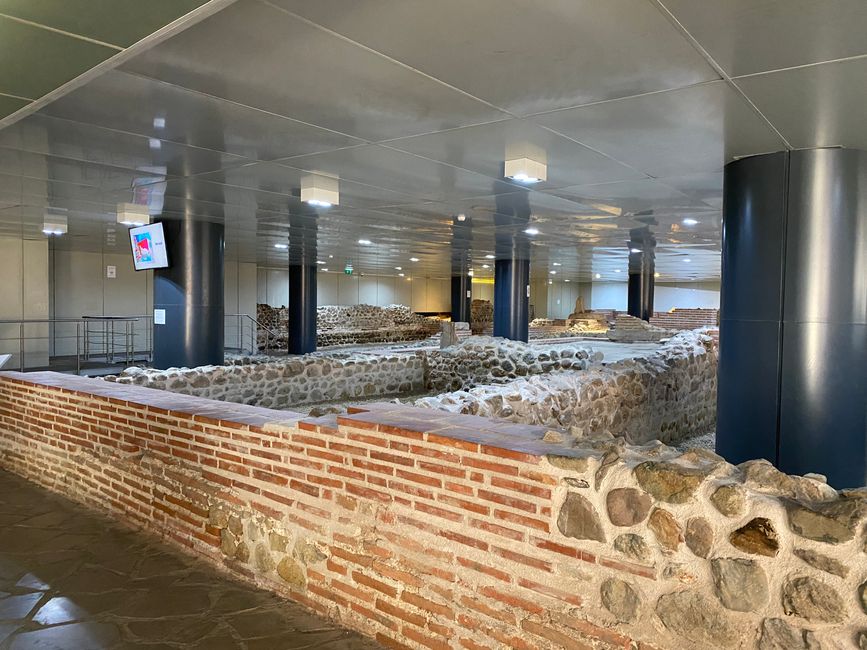
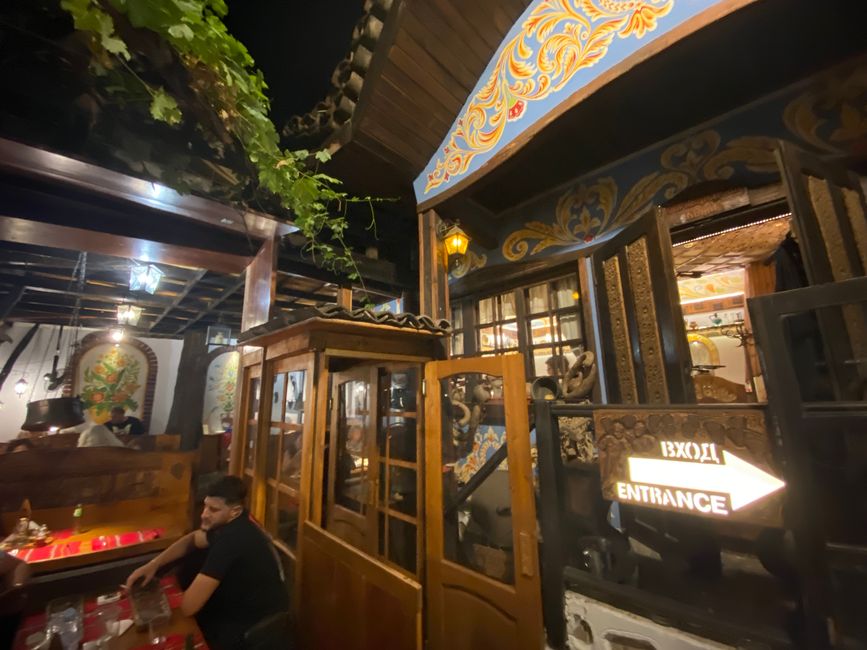
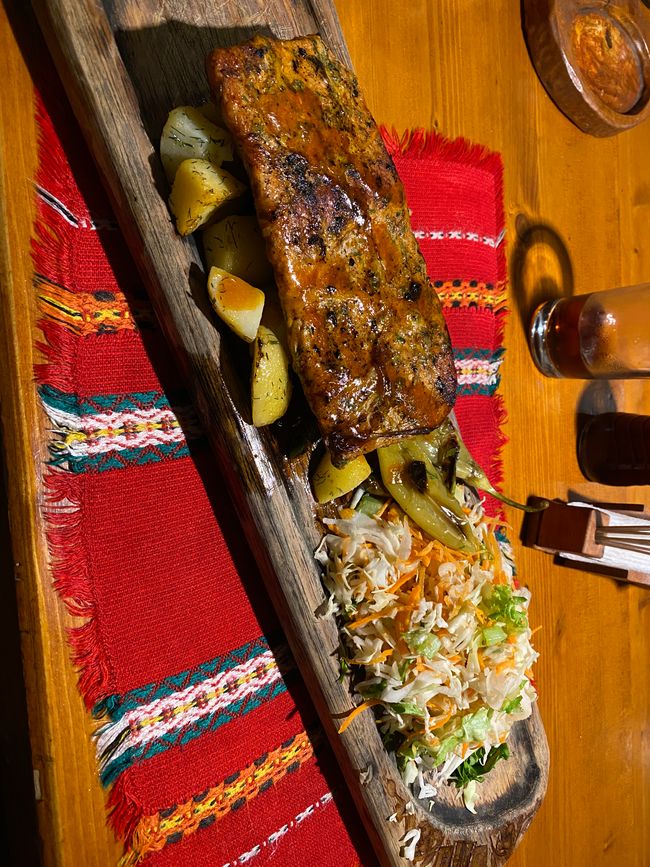
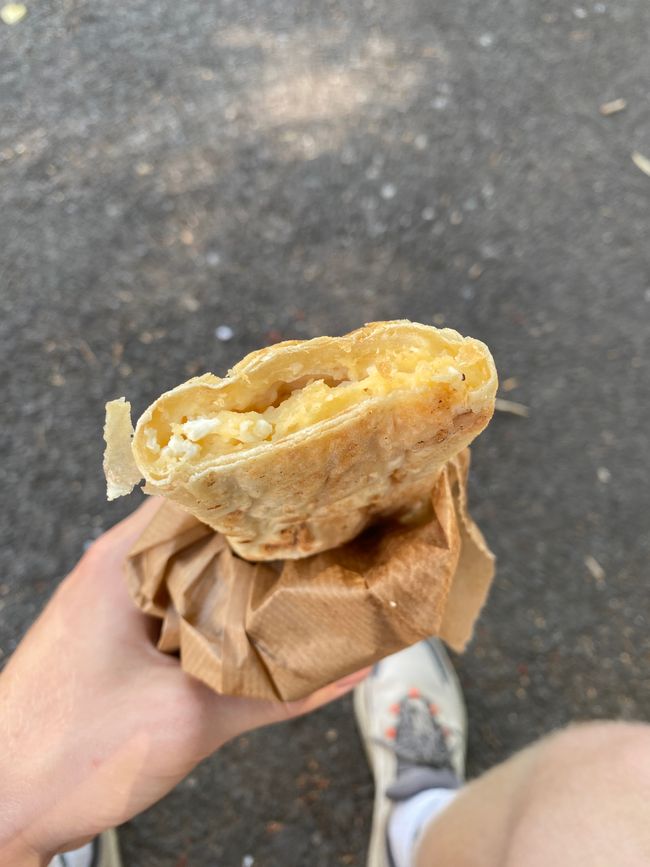
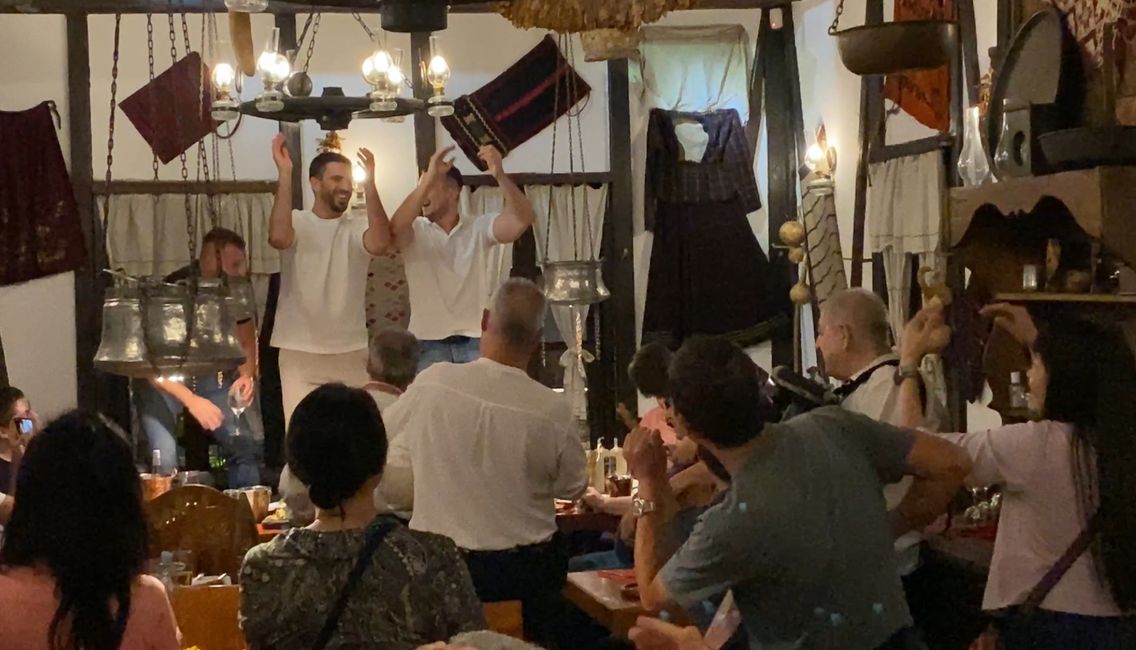
Abonējiet biļetenu
Because I had not been getting enough sleep in the previous days, I slept in today. Due to the time difference, it was quickly 10:00 AM. I walked to the bakery and bought myself Bulgarian Banitsa: bread rolls filled with yogurt, cheese, and sometimes ham.
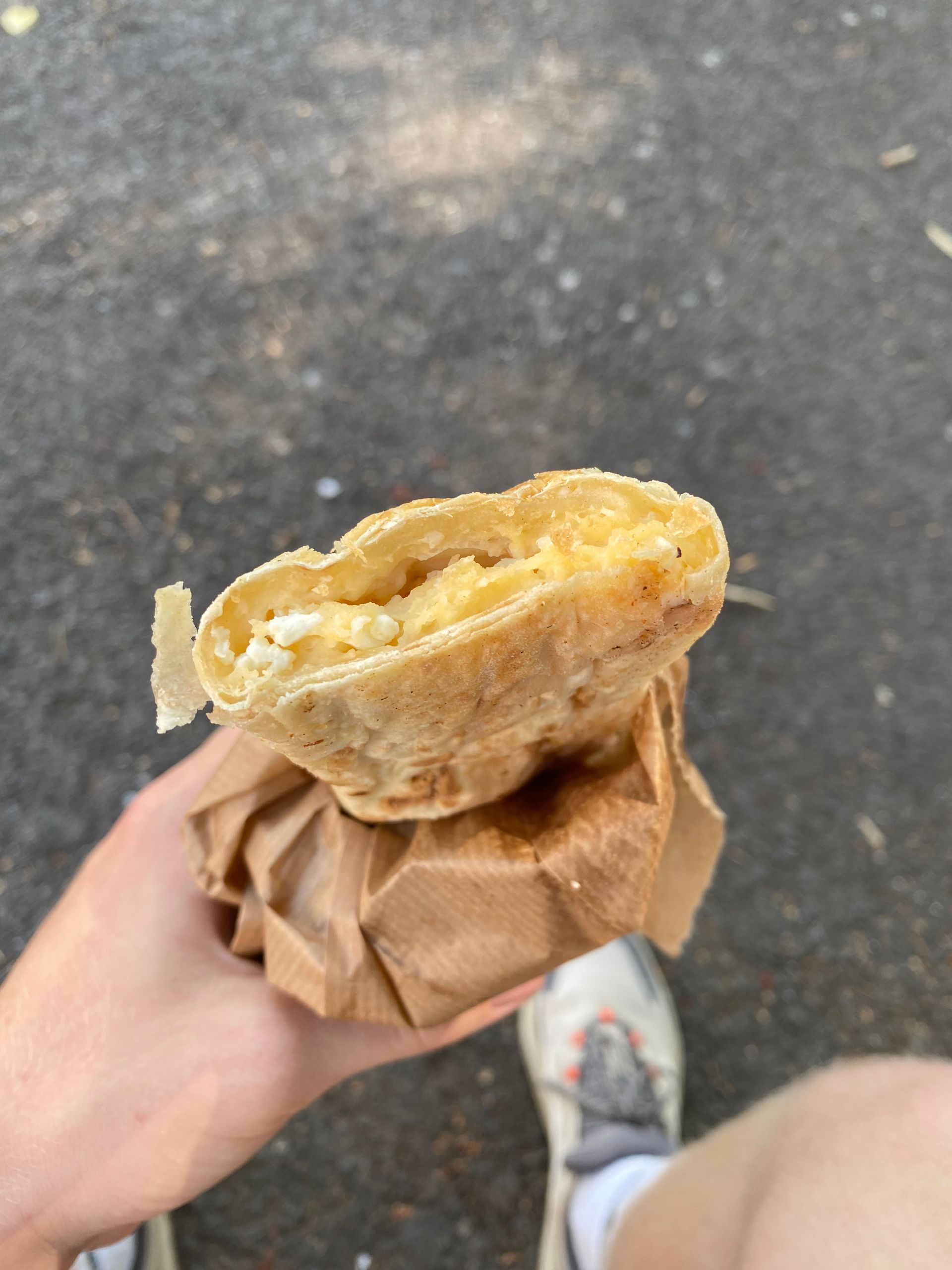
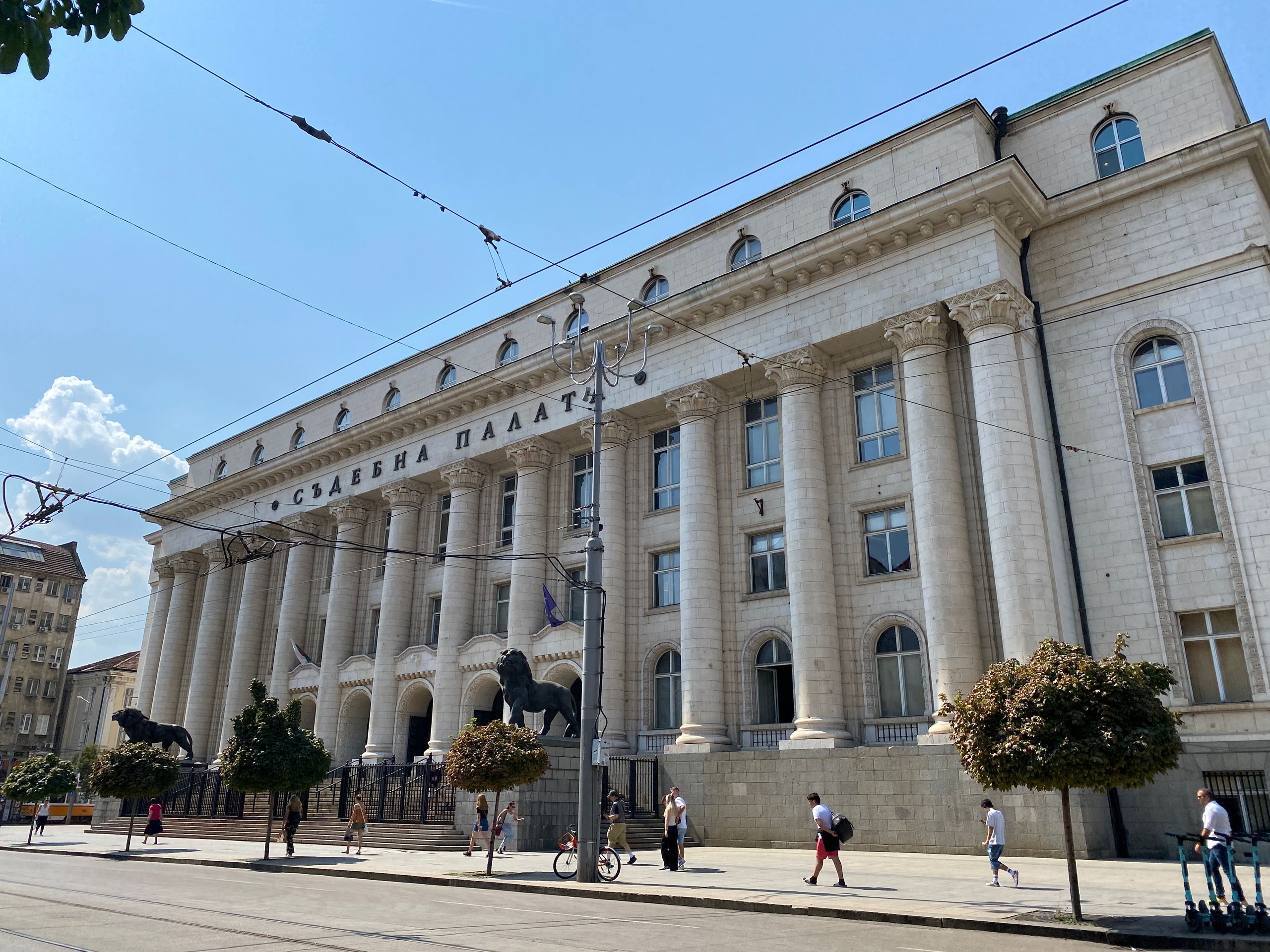
At 2:00 PM, I stood in front of the Palace of Justice, ready for my next city tour. So far, it was the most entertaining tour I had participated in. Along with many exciting anecdotes and theatrical interludes from our guide Slavyan, I was most fascinated by the story of the bombing in 1925. The attackers, supported and financed by the Soviet Union, aimed to kill the leading Bulgarian politicians to seize power. The main target was the assassination of the Bulgarian Tsar Boris III.
In this pursuit, they took the life of a respected officer. The country was in deep mourning; however, his death was only a means to an end. On April 16, 1925, the political and military elite gathered in the “Sweta Nedalja” Cathedral for the funeral of the fallen officer – unaware that they were surrounded by 25 kilograms of explosives. Shortly after the service began, the attackers detonated it, killing around 100 people instantly. 500 individuals were injured, many succumbed to their wounds. The only person unscathed was Tsar Boris III, who, as our guide emphasized, arrived late, following the Bulgarian manner.
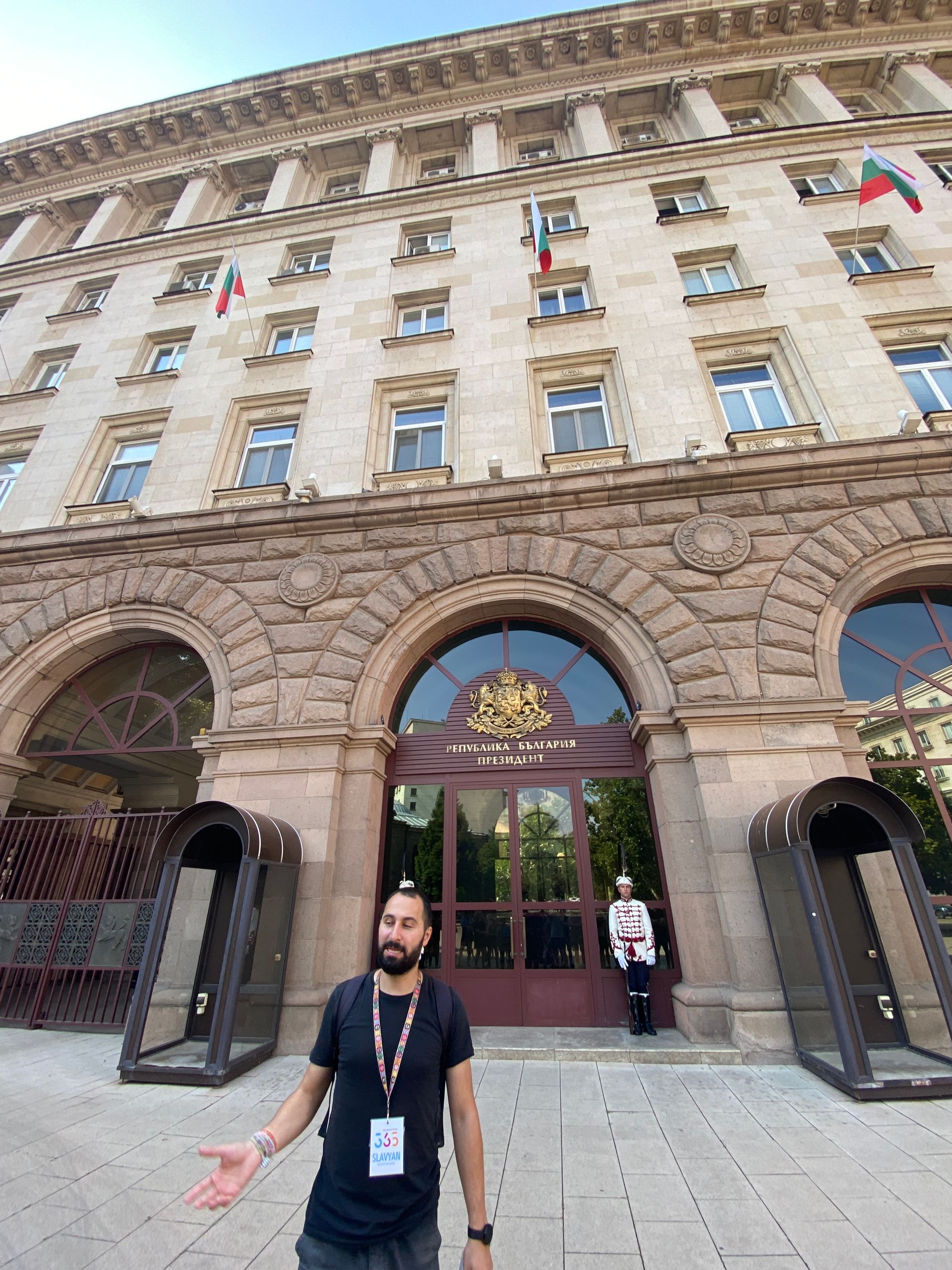
Alongside the humorous nature of our guide Slavyan, I got to meet many new people on the tour. Besides a Scot and a Brazilian living in Dresden, I got along best with the two Frenchmen Marius and Loic. For the two students from Paris and Lyon, it was their last day in Sofia, and like me, they wanted to try the local cuisine. So we agreed to meet at a traditional Bulgarian restaurant in the evening.
After the tour, I went to the most famous and lavish landmark of Sofia: the Alexander Nevsky Cathedral. The bell tower houses 12 bells, manufactured in Moscow. The smallest weighs 10 kg, while the largest weighs 12 tons.
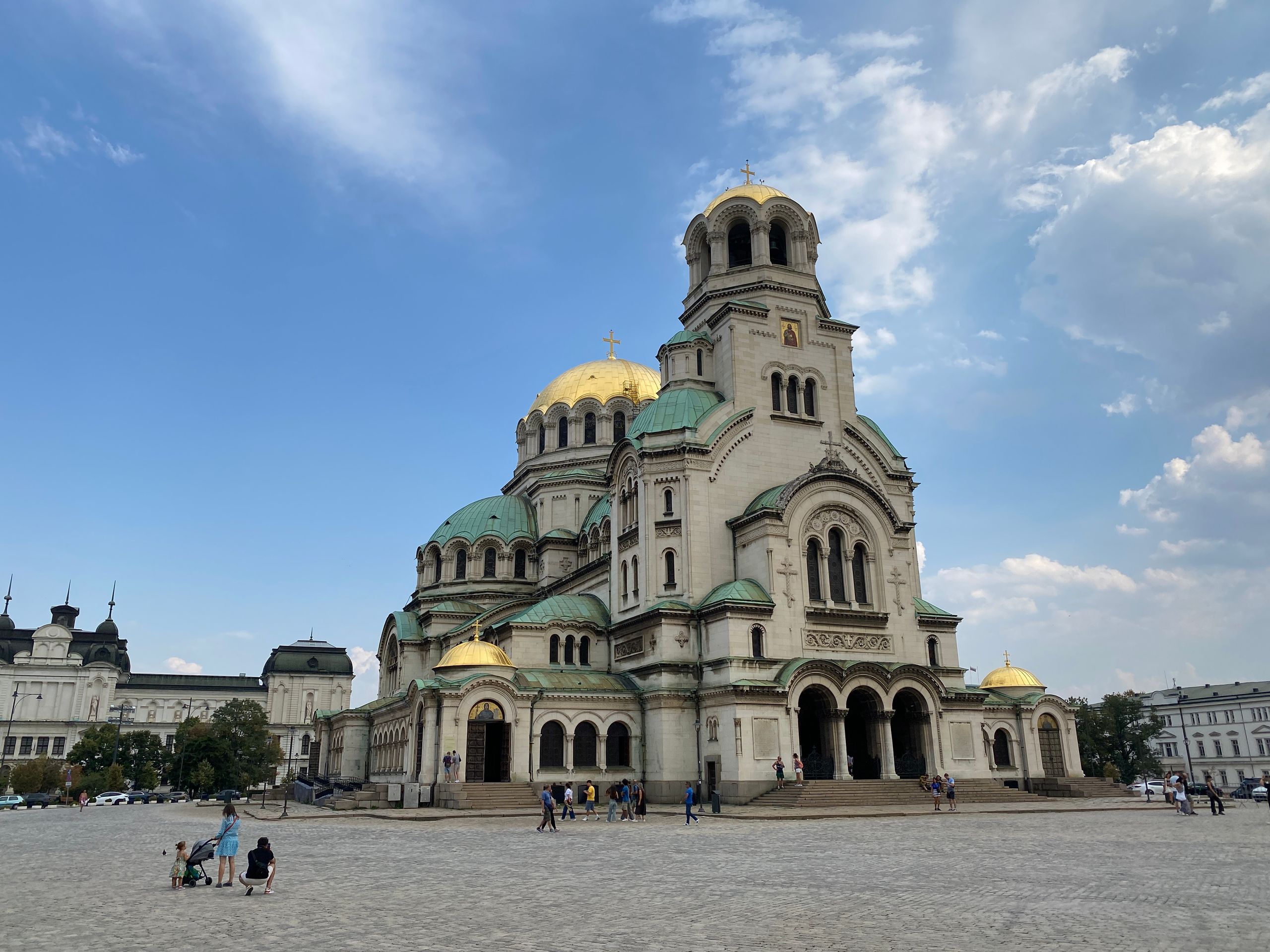
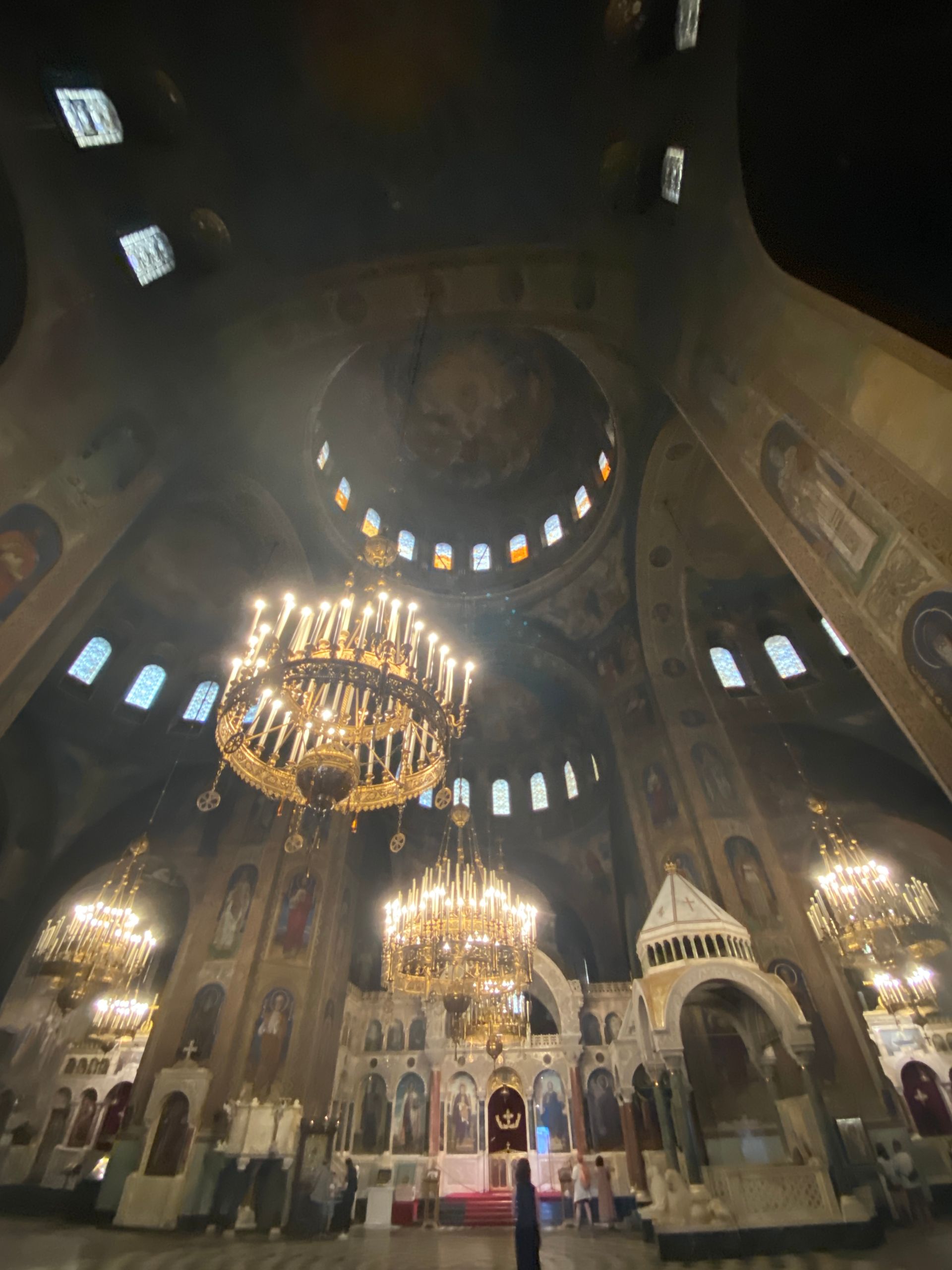
My way back to the hostel took me through some street underpasses. Often, historical excavations can be seen there. Sofia was built on different levels, and with each new regime, construction was done over the existing cityscape. This leads to current construction work in the city often needing to be interrupted for several years as archaeologists continuously record new finds.
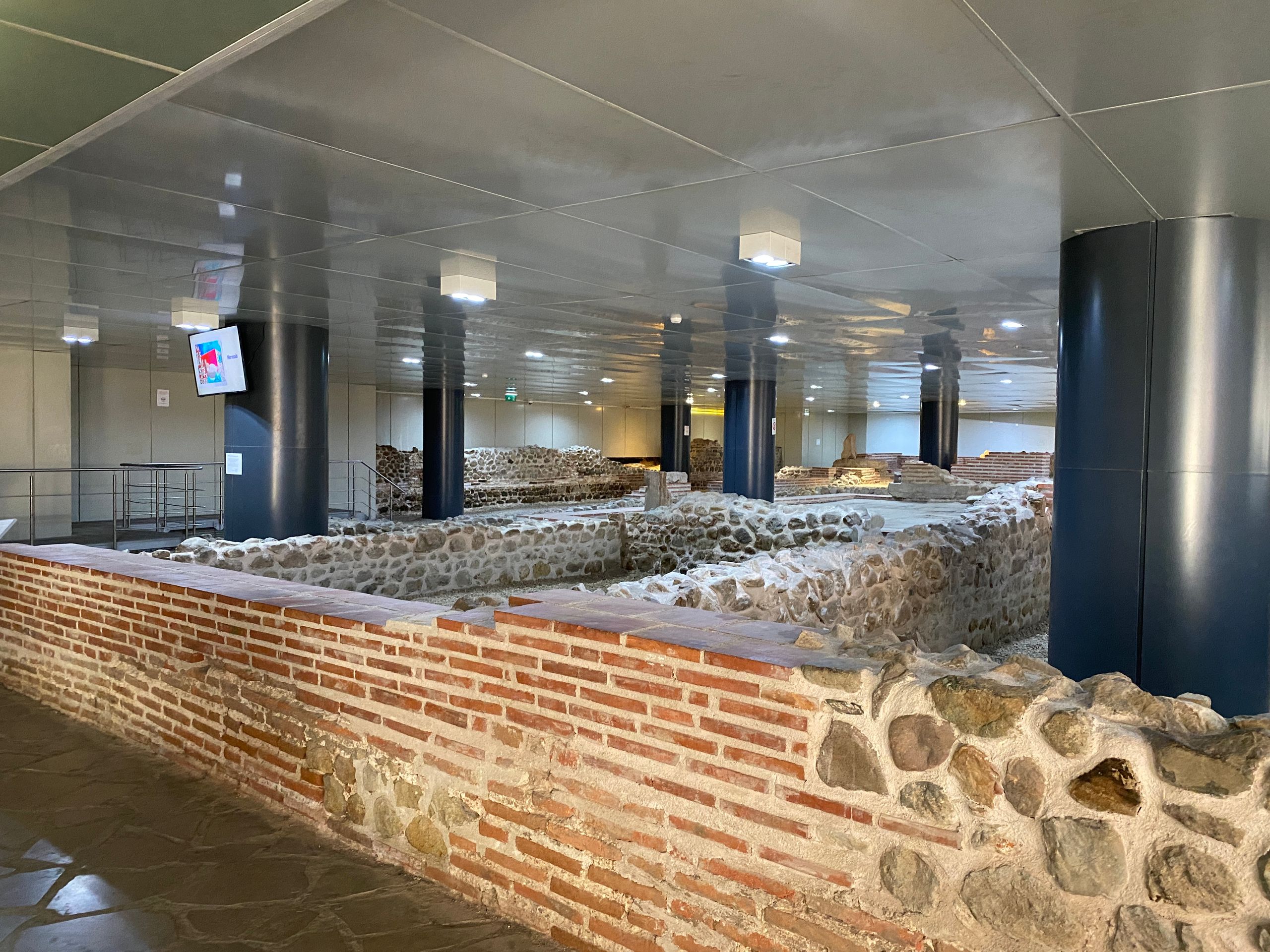
In the evening, I went to the agreed restaurant and waited a few more minutes for the two Frenchmen. Already from the outside, the establishment radiated tradition, soft music drifted onto the street, and the menu looked promising. Together with Marius and Loic, we entered the restaurant and were taken to our reserved table. The interior also conveyed a warmly inviting atmosphere: old pipes, schnapps decanters traditionally used for toasts at weddings, and stuffed animals adorned the wooden walls. Our food was served, and we had a lively conversation together. My chicken with potatoes was hearty and very delicious. When we finished, three older musicians entered the room with an accordion, bagpipe, and washboard and began to play live music. We ordered Bulgarian Rakija schnapps and enjoyed the ambiance.

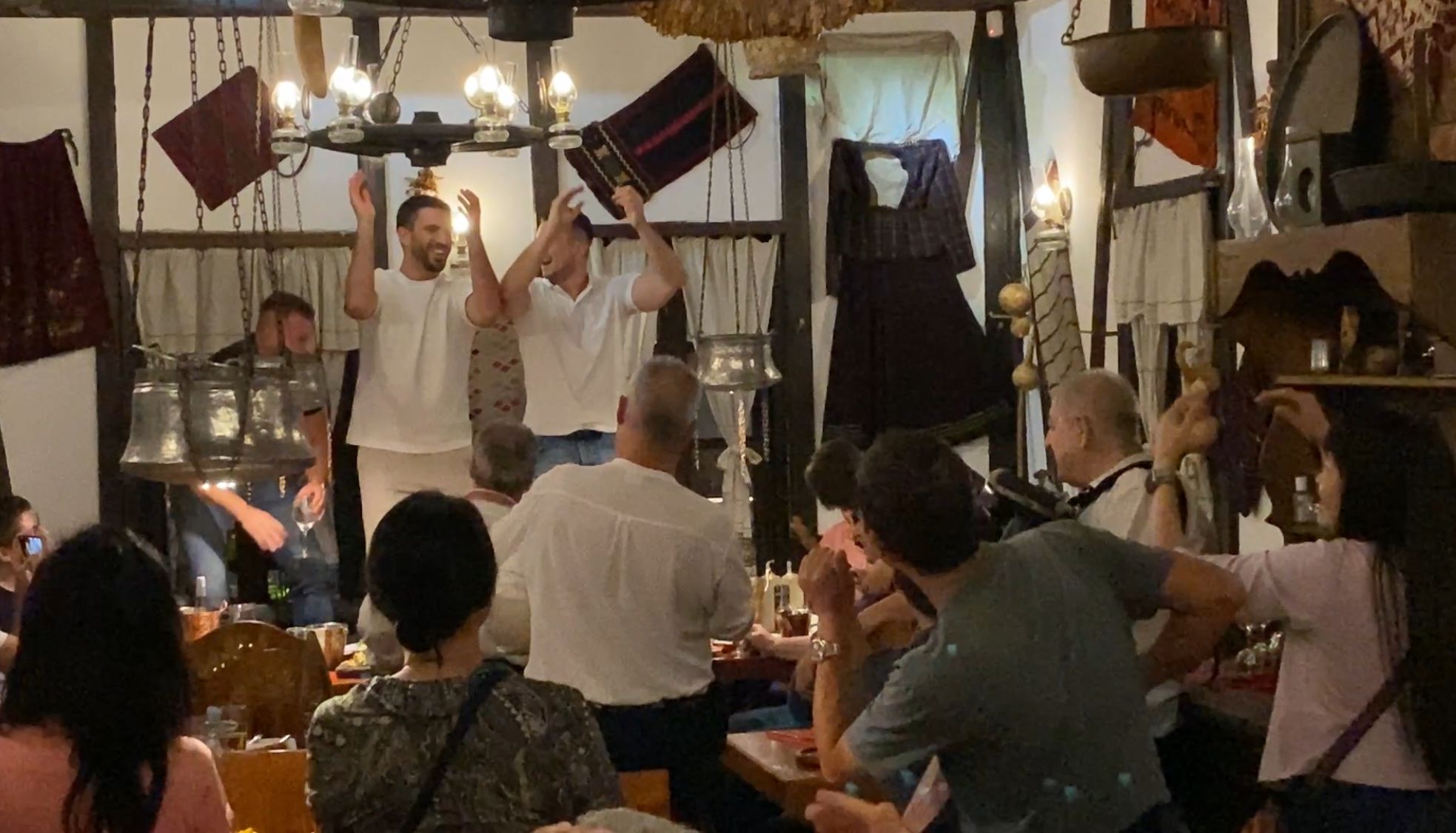
Since we found out that we were staying in the same hostel, we walked back together after dinner, spent some more time in the common room, and played billiards.
Abonējiet biļetenu
Atbilde (1)
Anja
Endlich eine Fortsetzung der spannenden und informativen Reiseberichte 🙏 Danke Jonas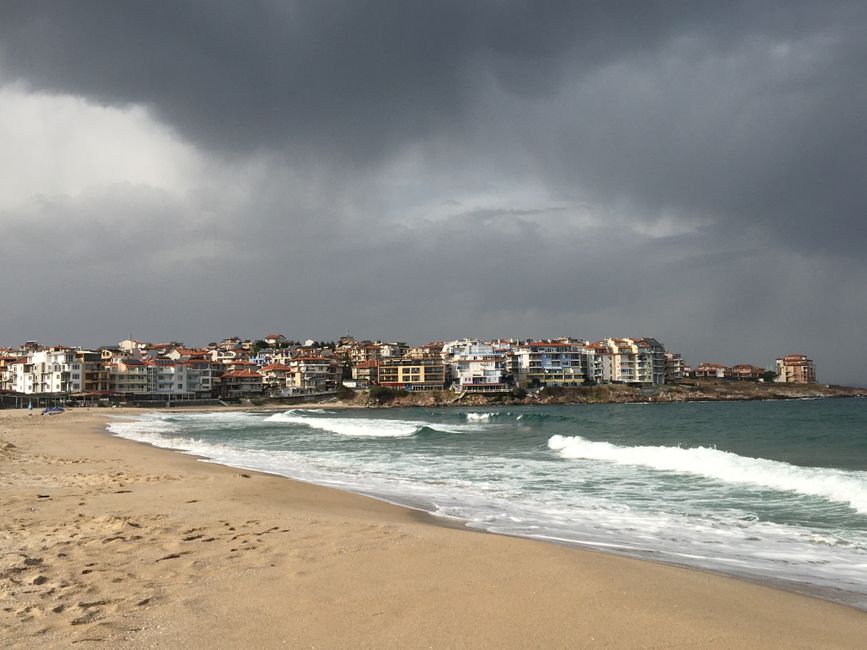
Ceļojumu pārskati Bulgārija
